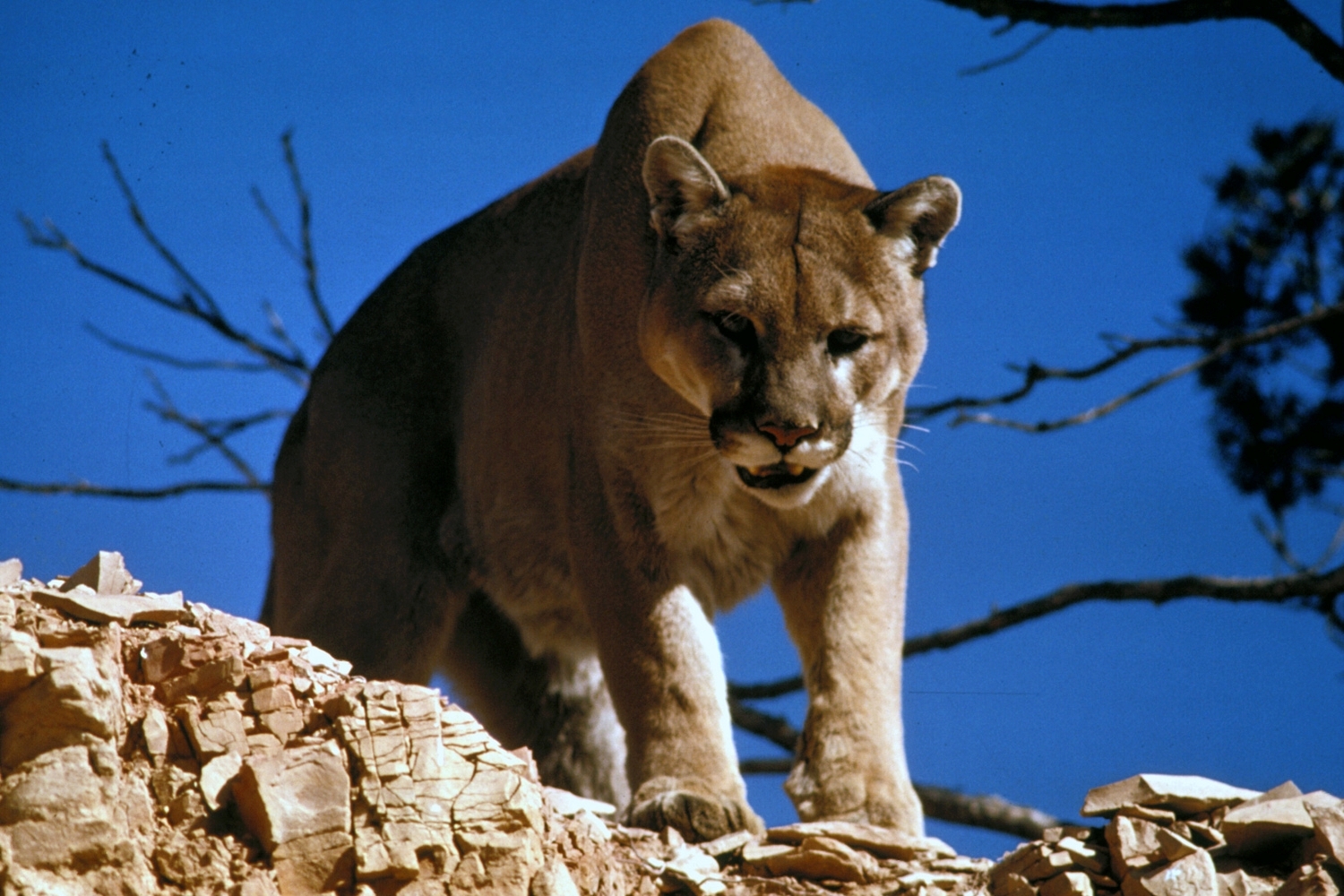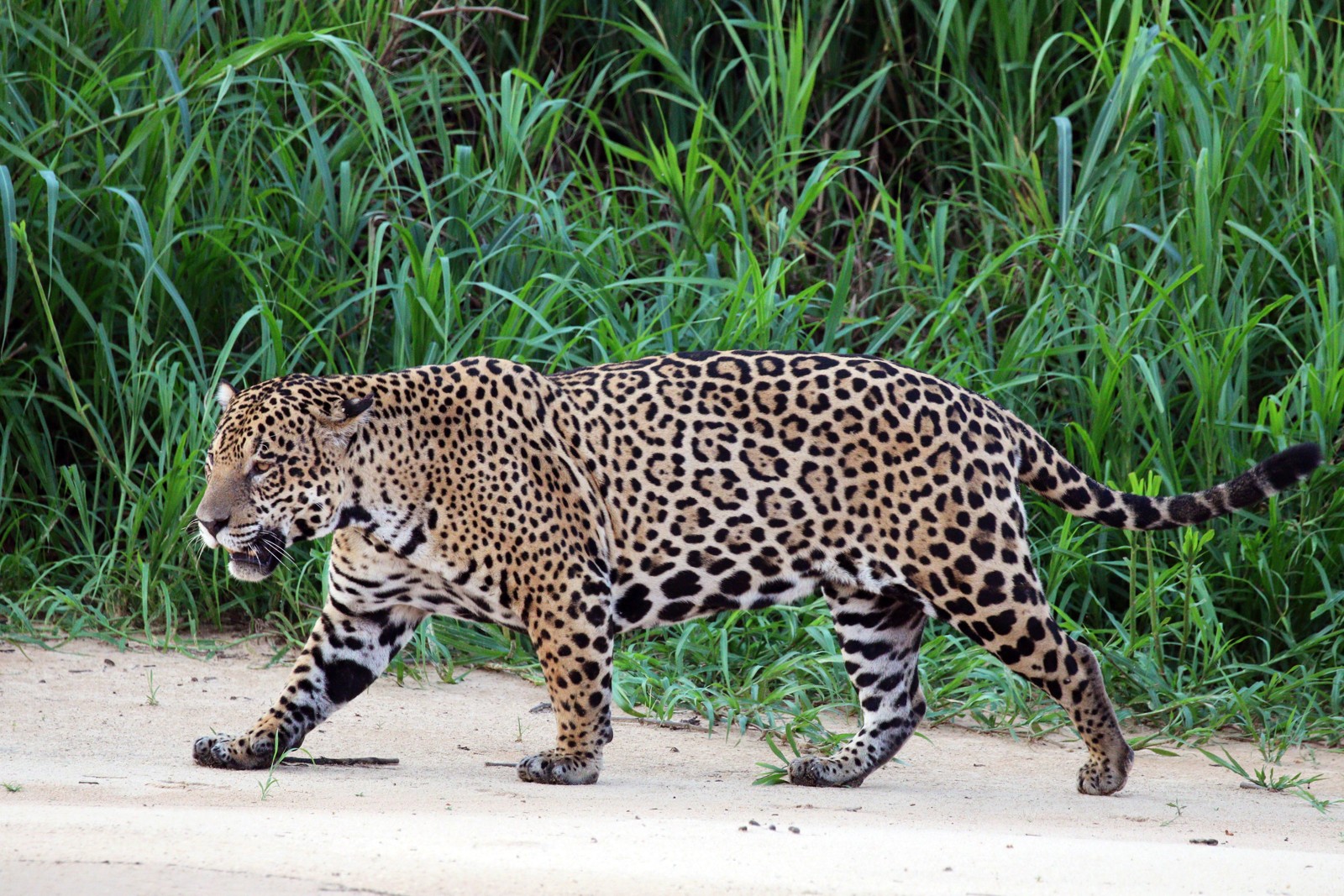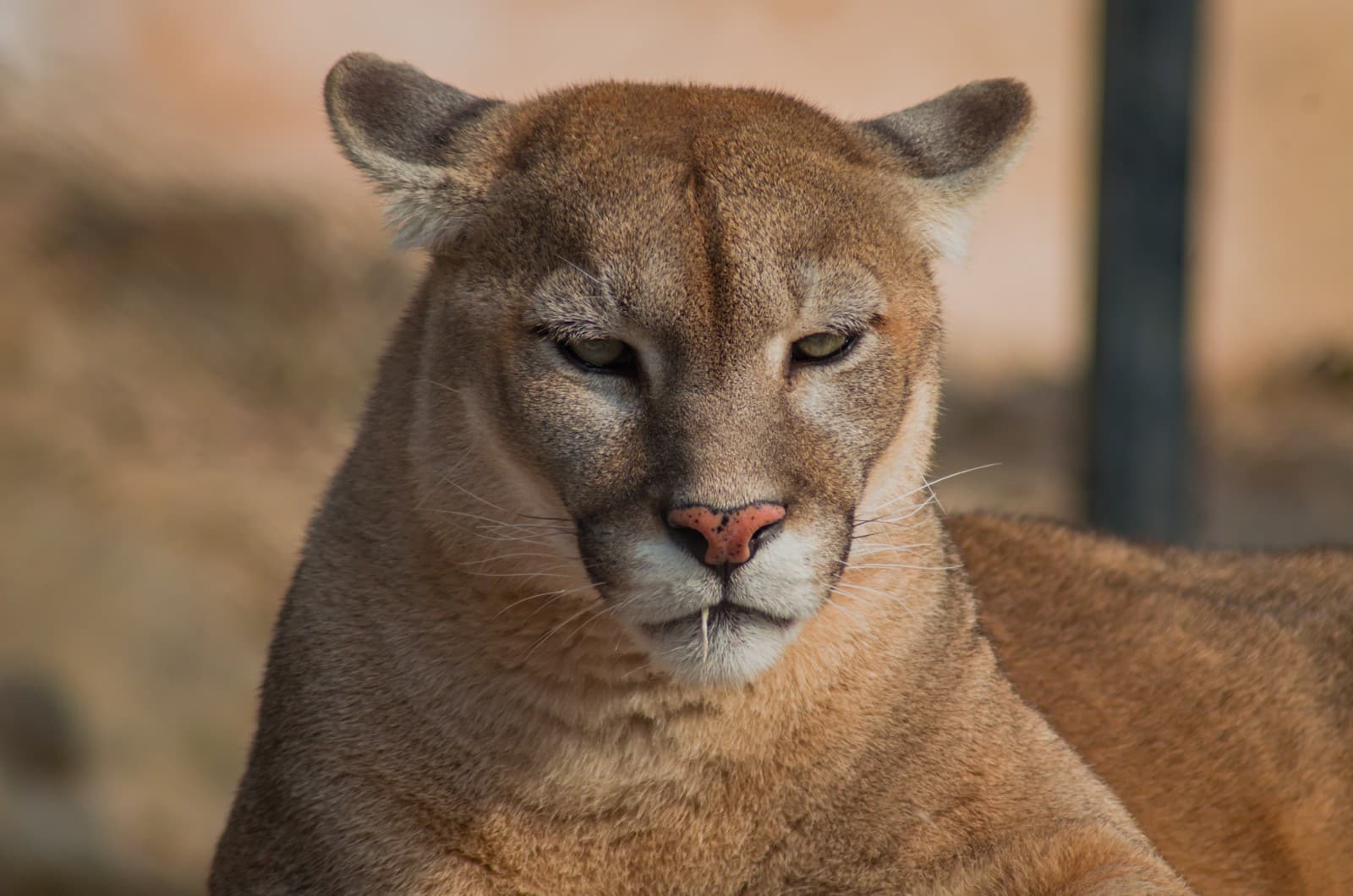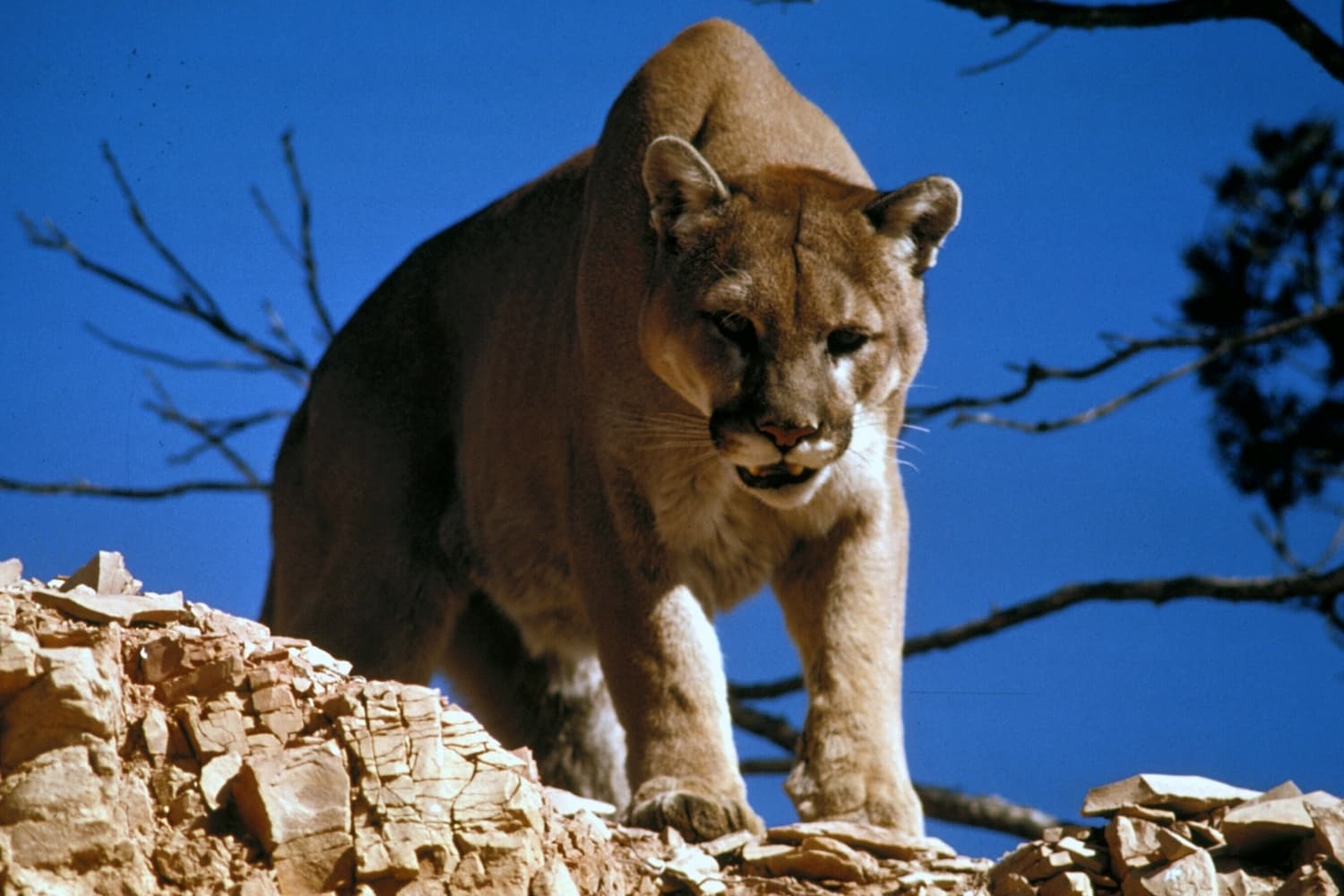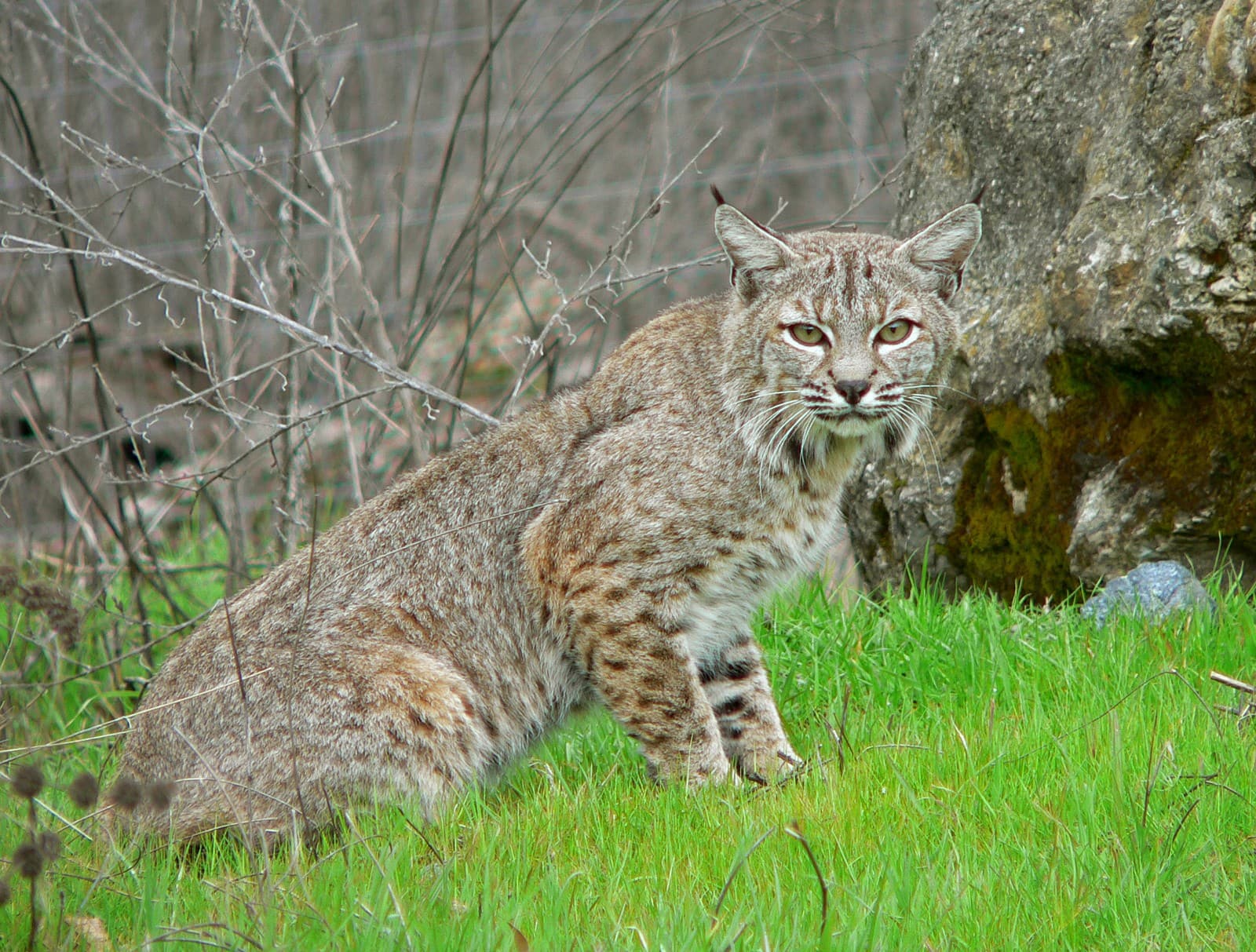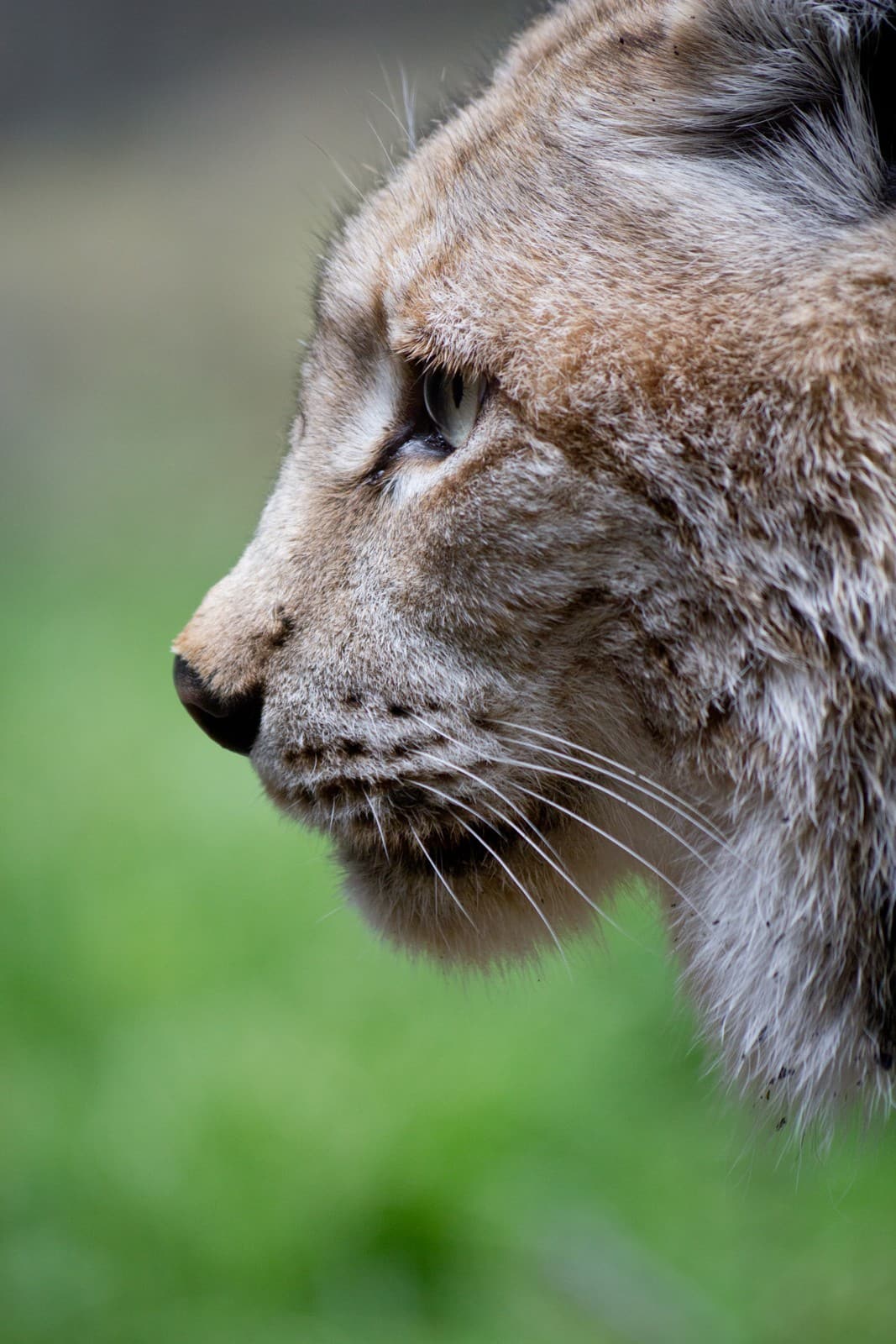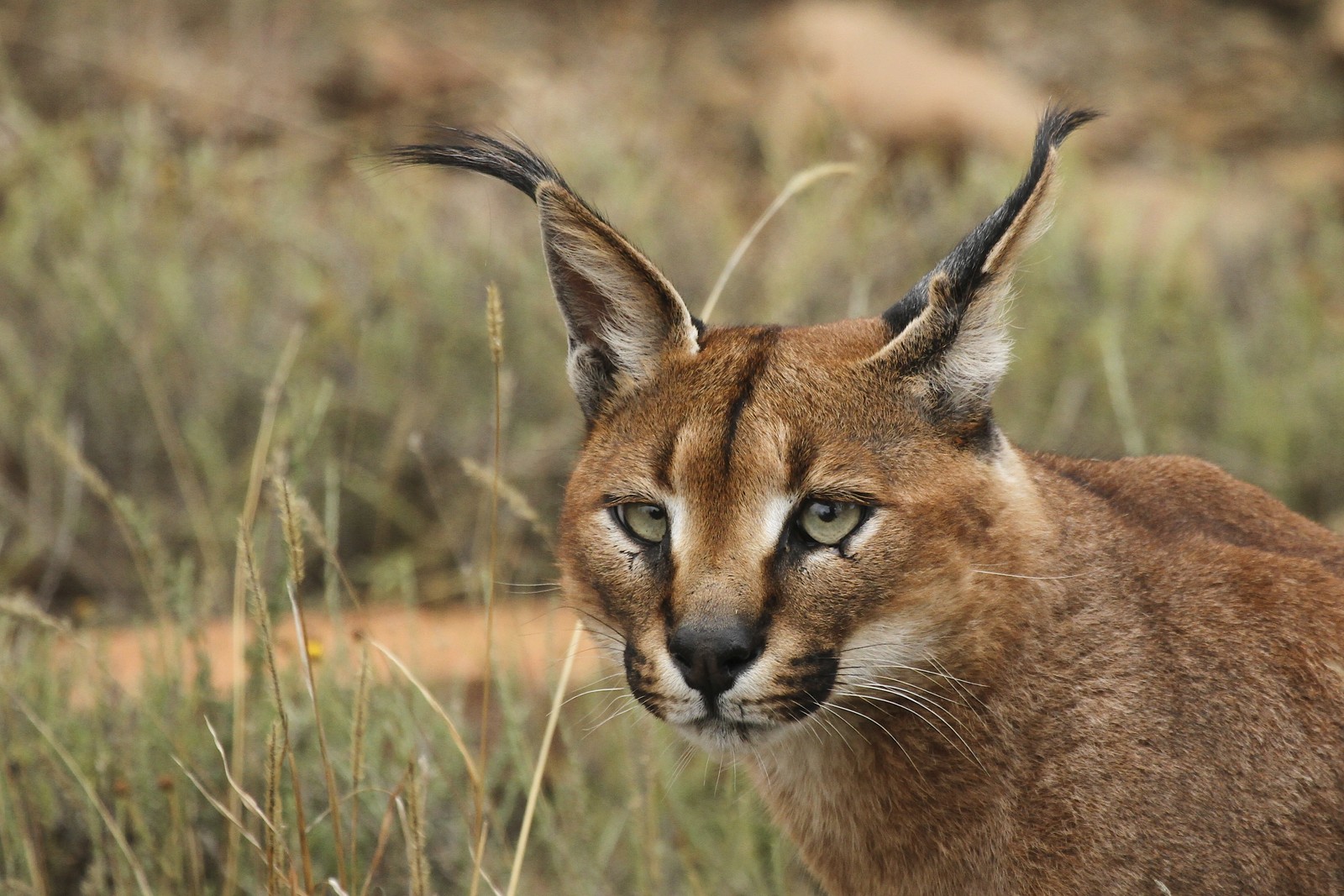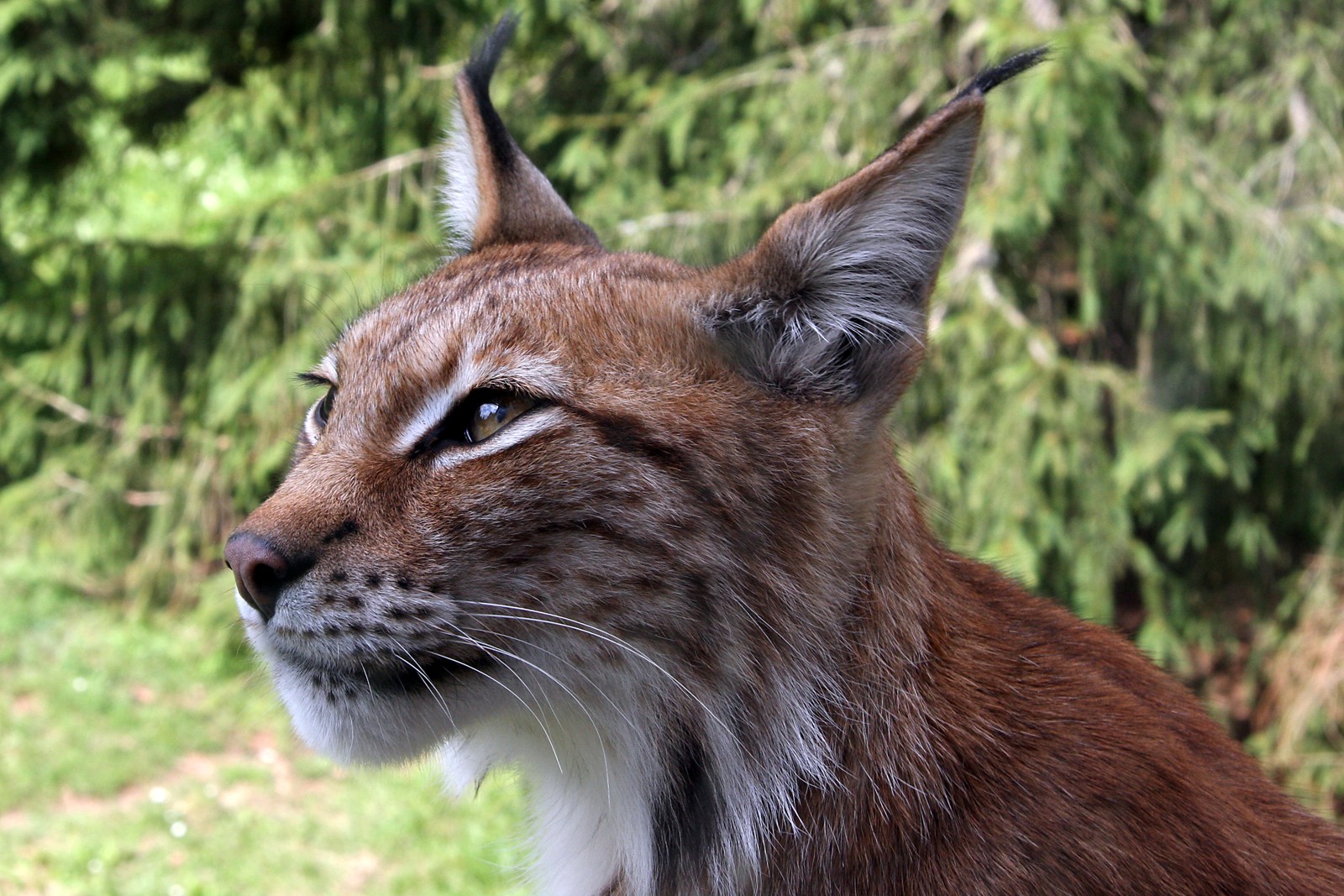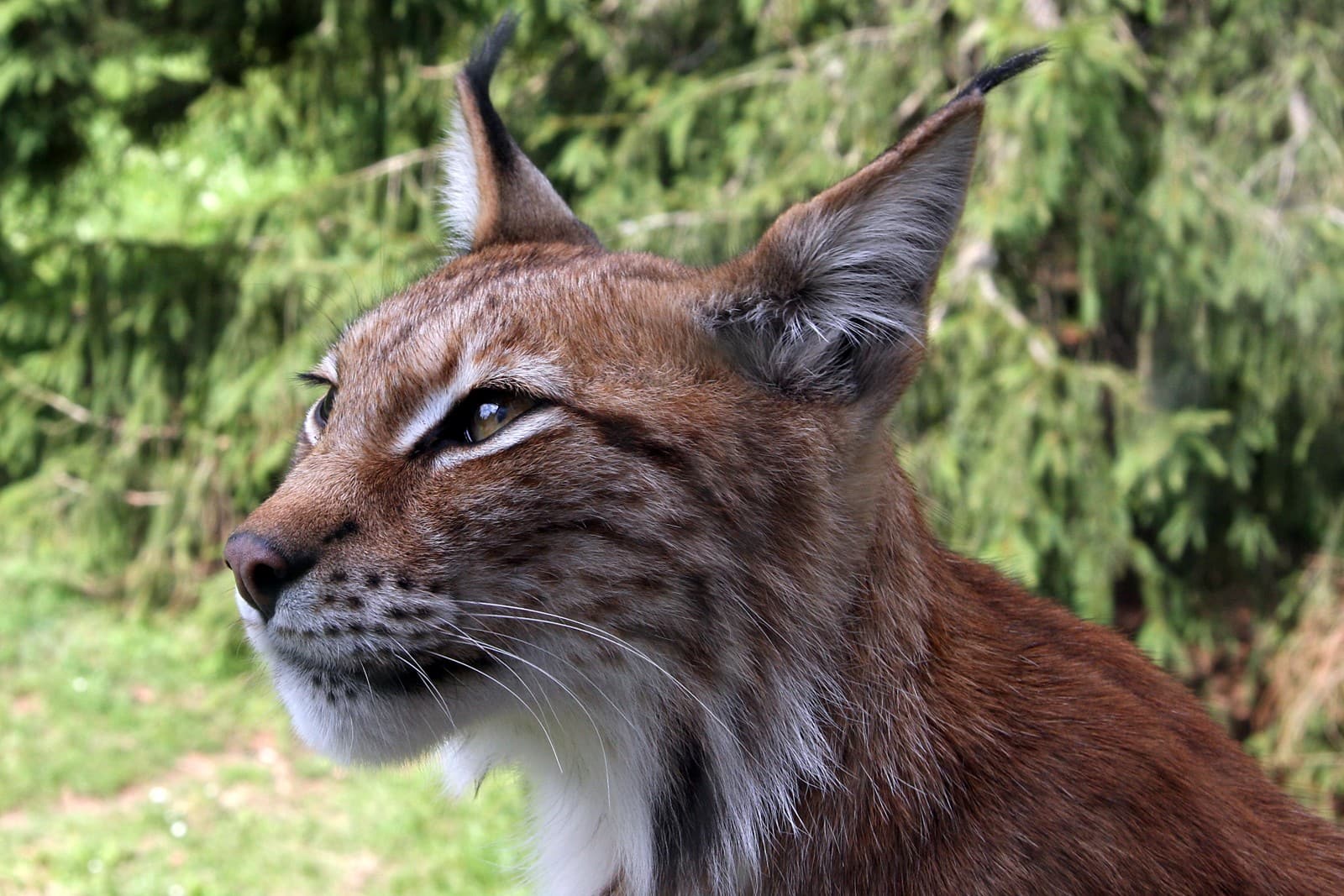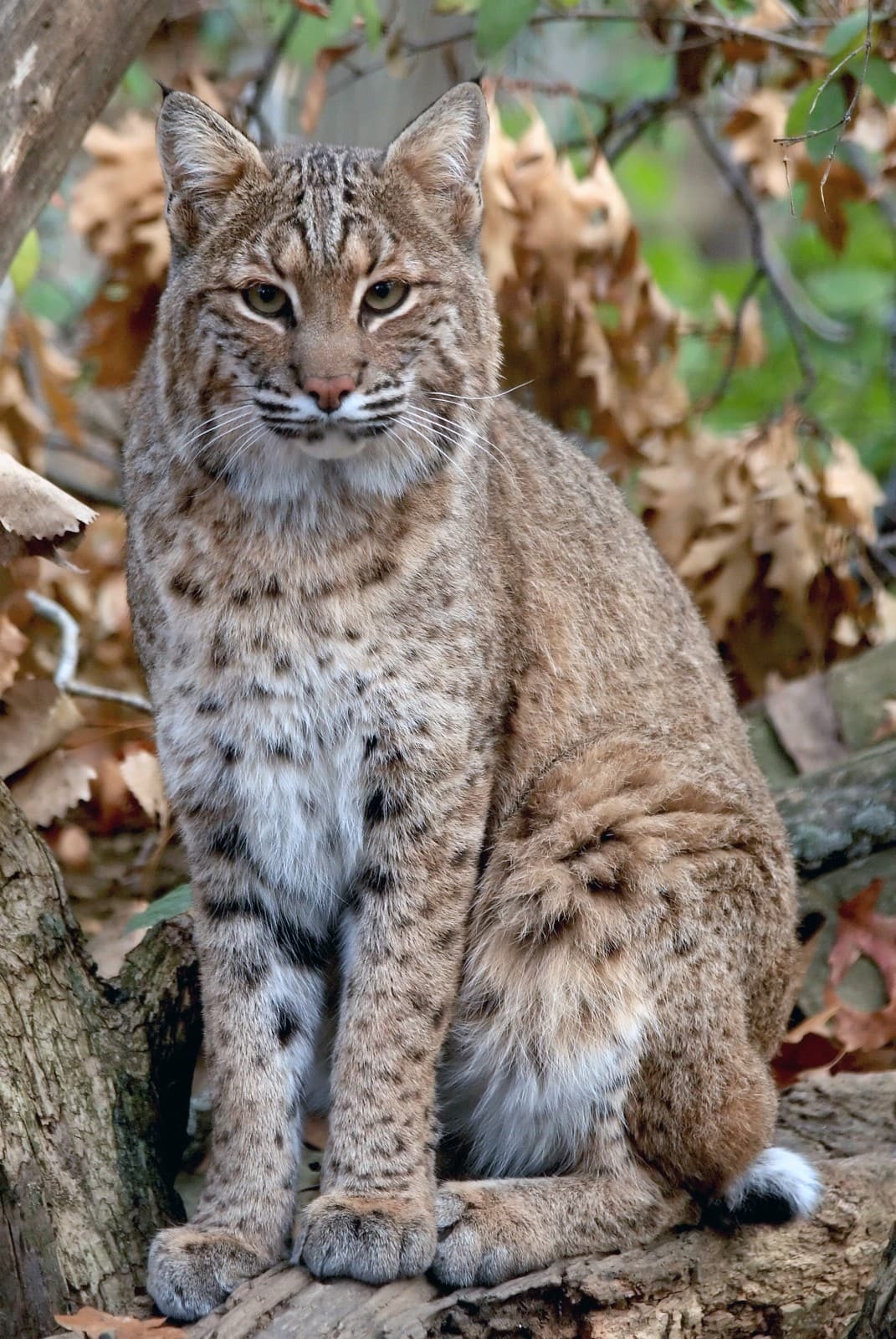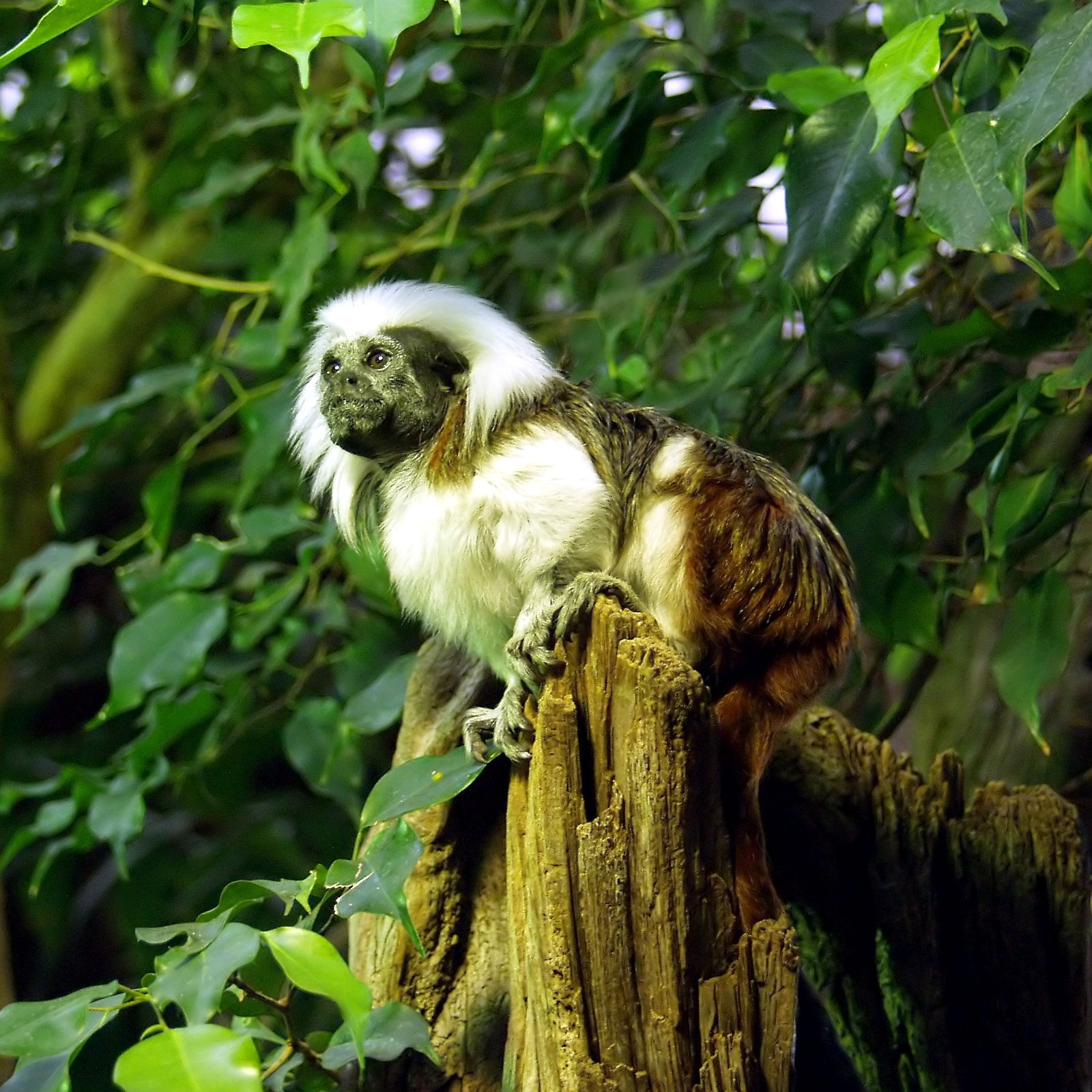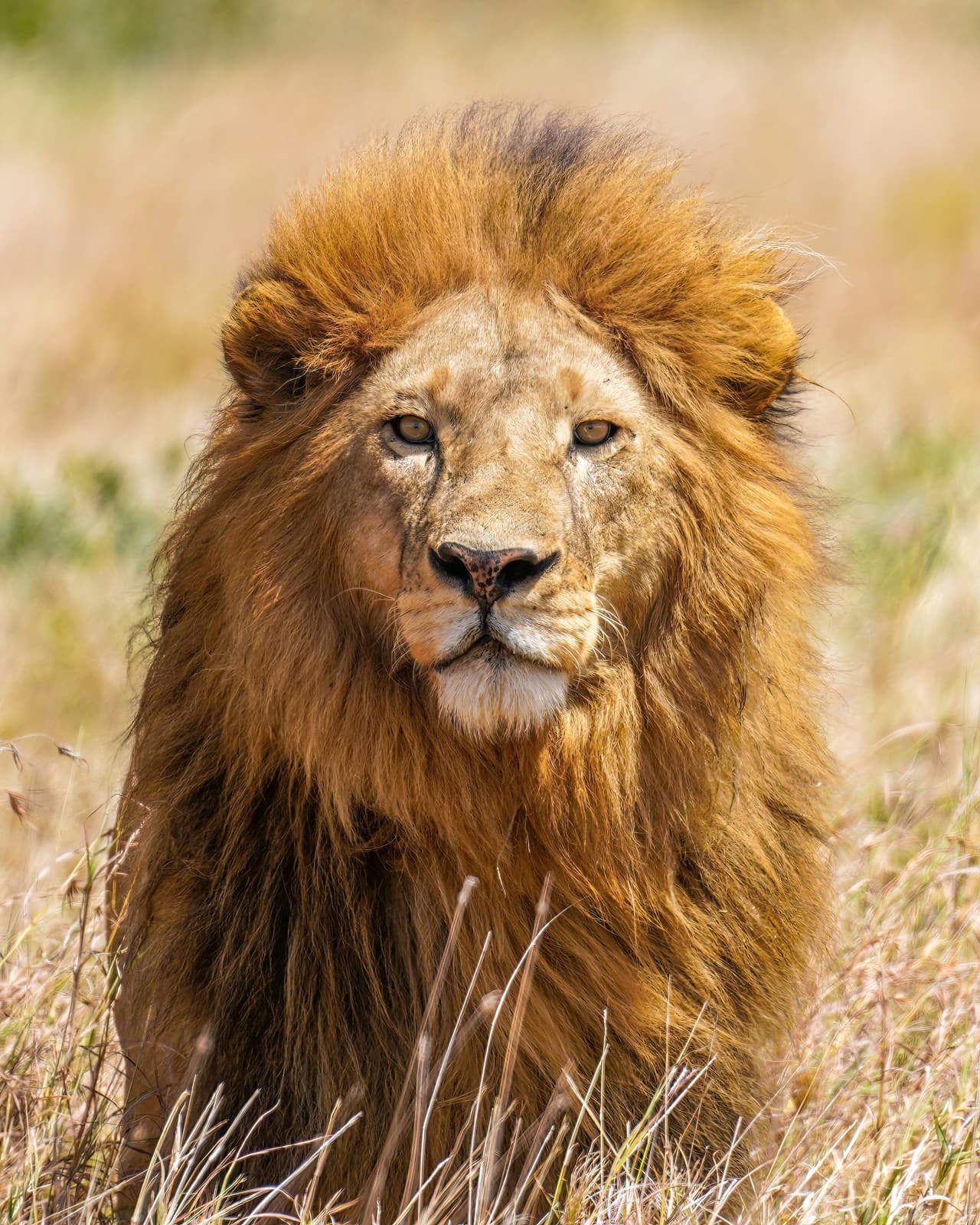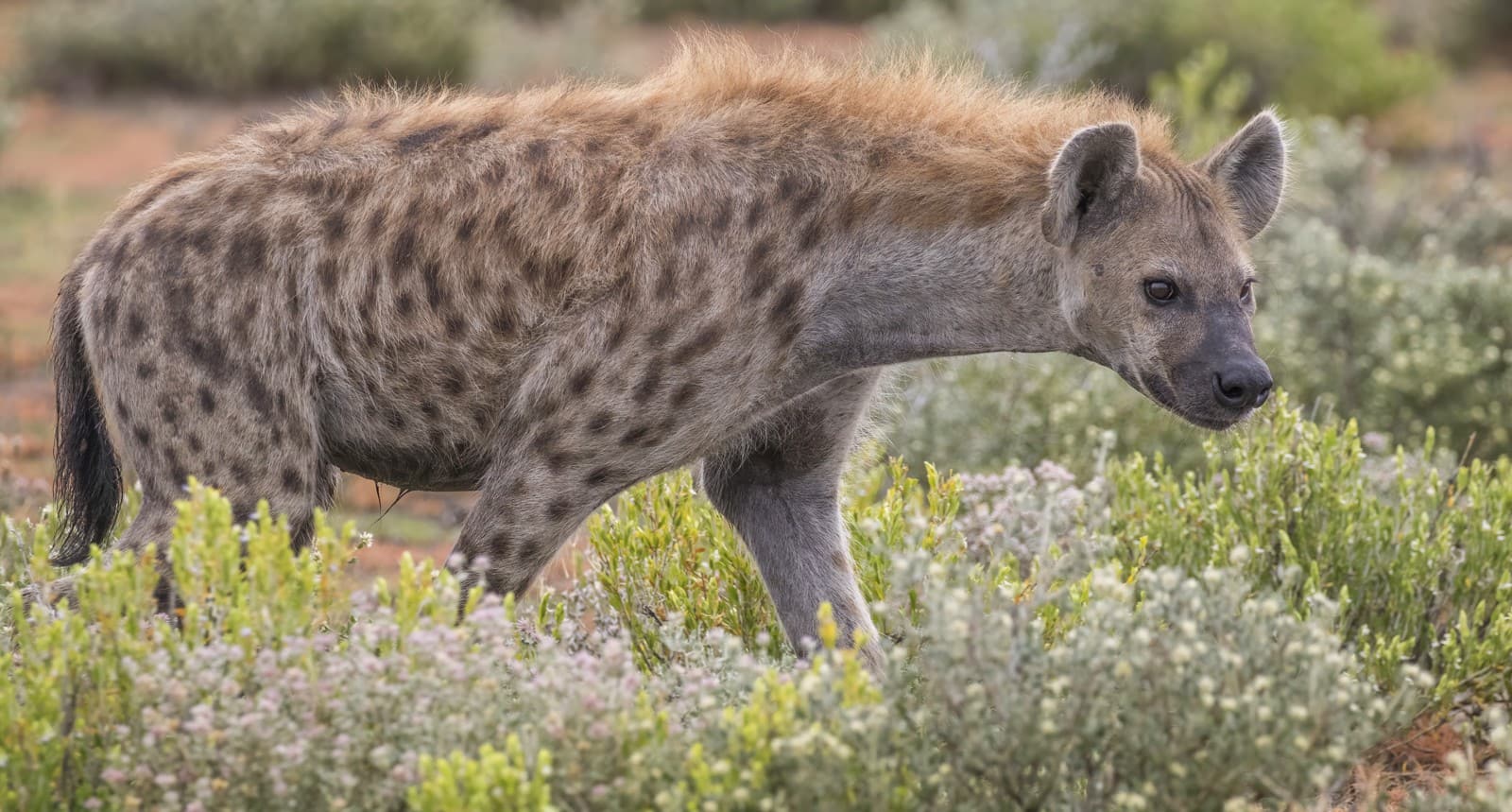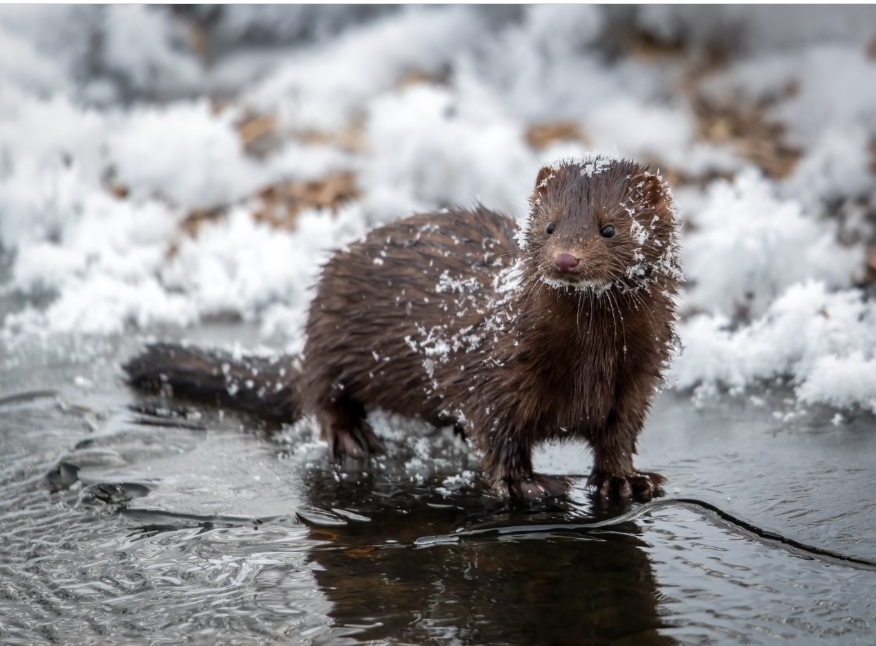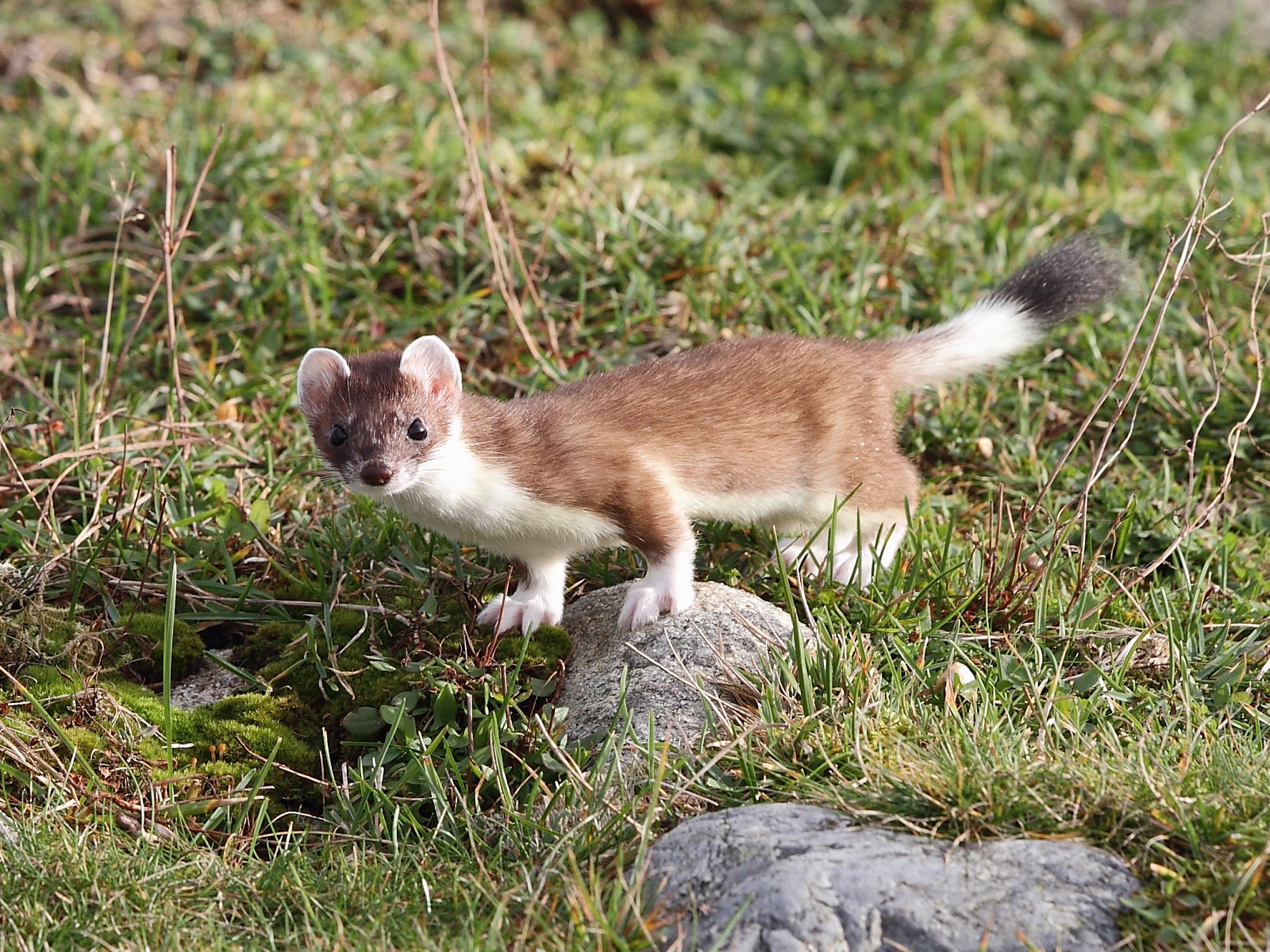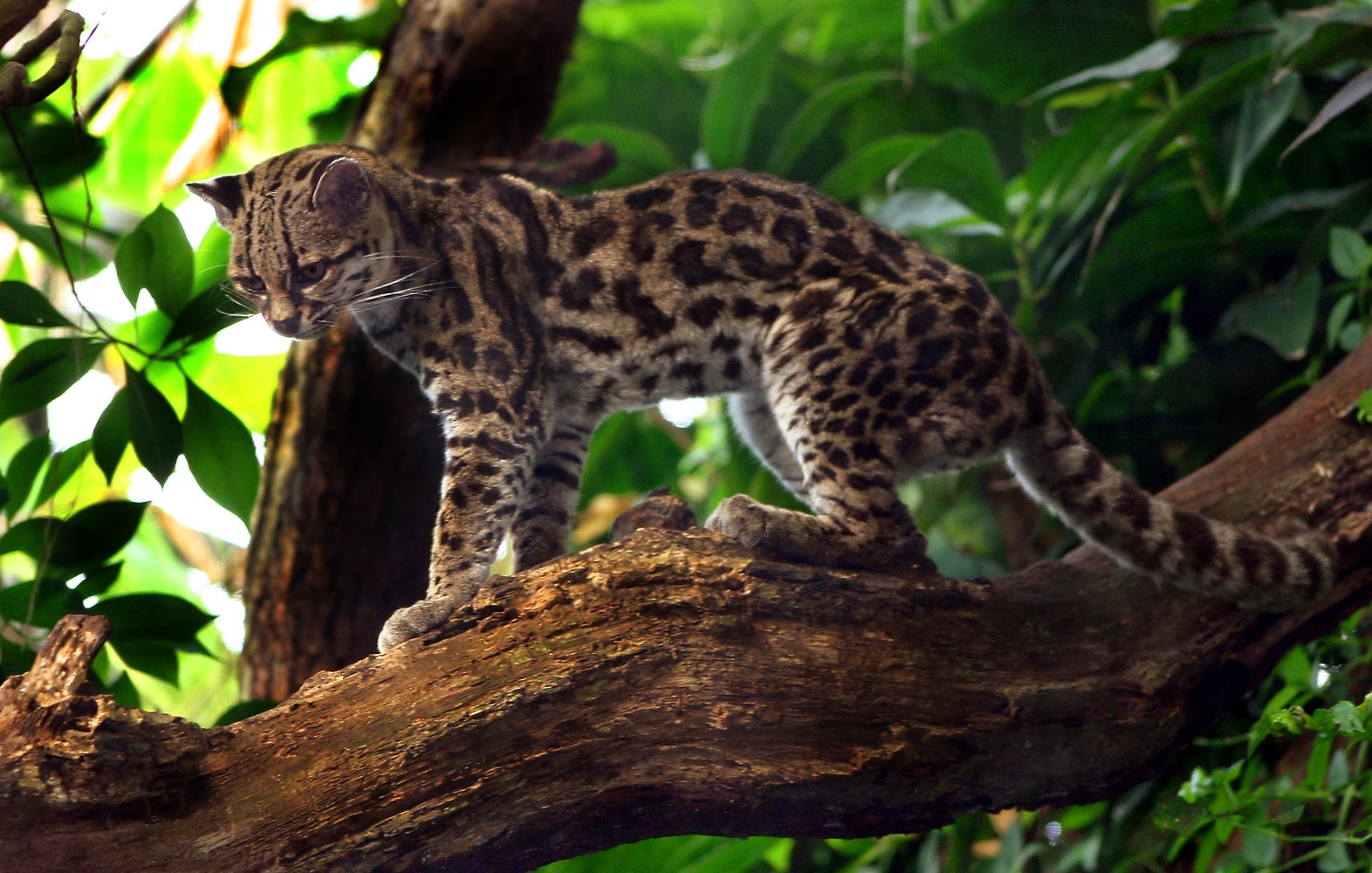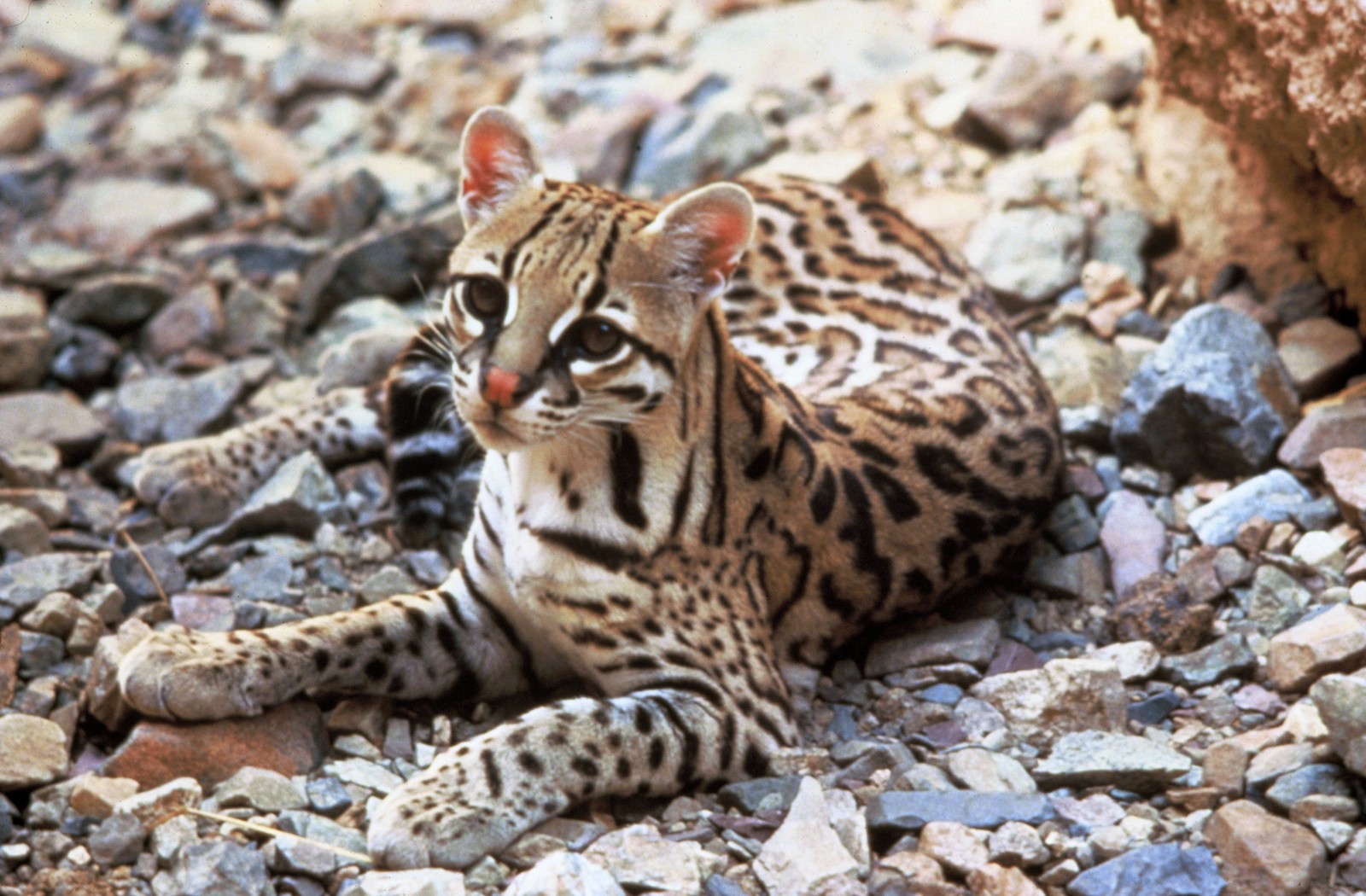Cougar vs Lynx: A Complete Comparison
When comparing Cougar vs Lynx, the size difference immediately stands out. Cougars (Puma concolor) typically weigh 120-220 pounds (54-100 kg), while Lynx species average just 22-44 pounds (10-20 kg). This dramatic size disparity reflects their distinct evolutionary paths and hunting strategies in North American ecosystems.
These wild cats, despite both being skilled predators, have evolved to occupy different ecological niches. Cougars are powerful ambush predators capable of taking down large prey like elk and deer, while Lynx specialize in hunting smaller prey, particularly snowshoe hares in northern forests.
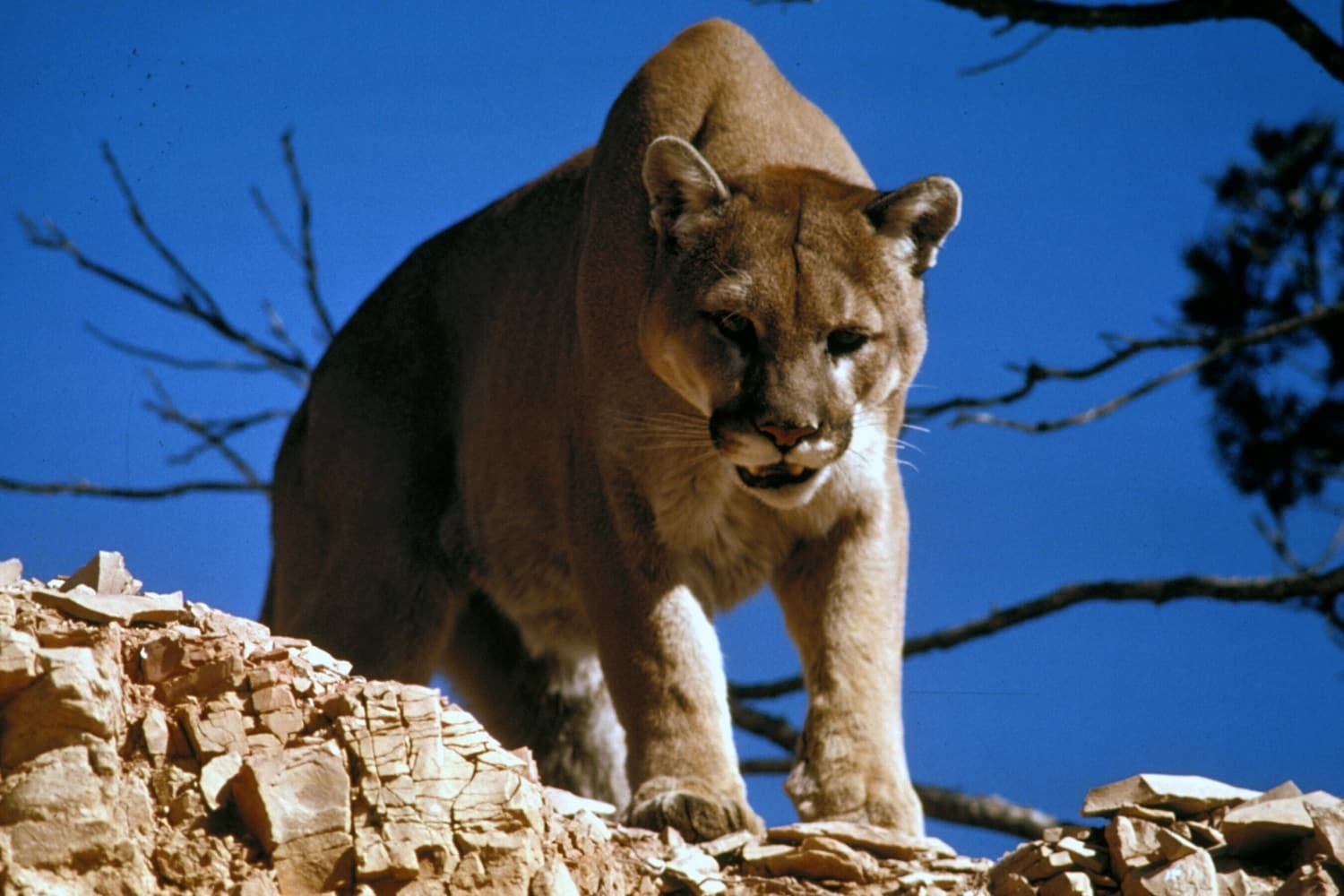
The cougar’s impressive stature and muscular build showcase why it’s North America’s largest wild cat species, capable of bringing down prey several times its size.
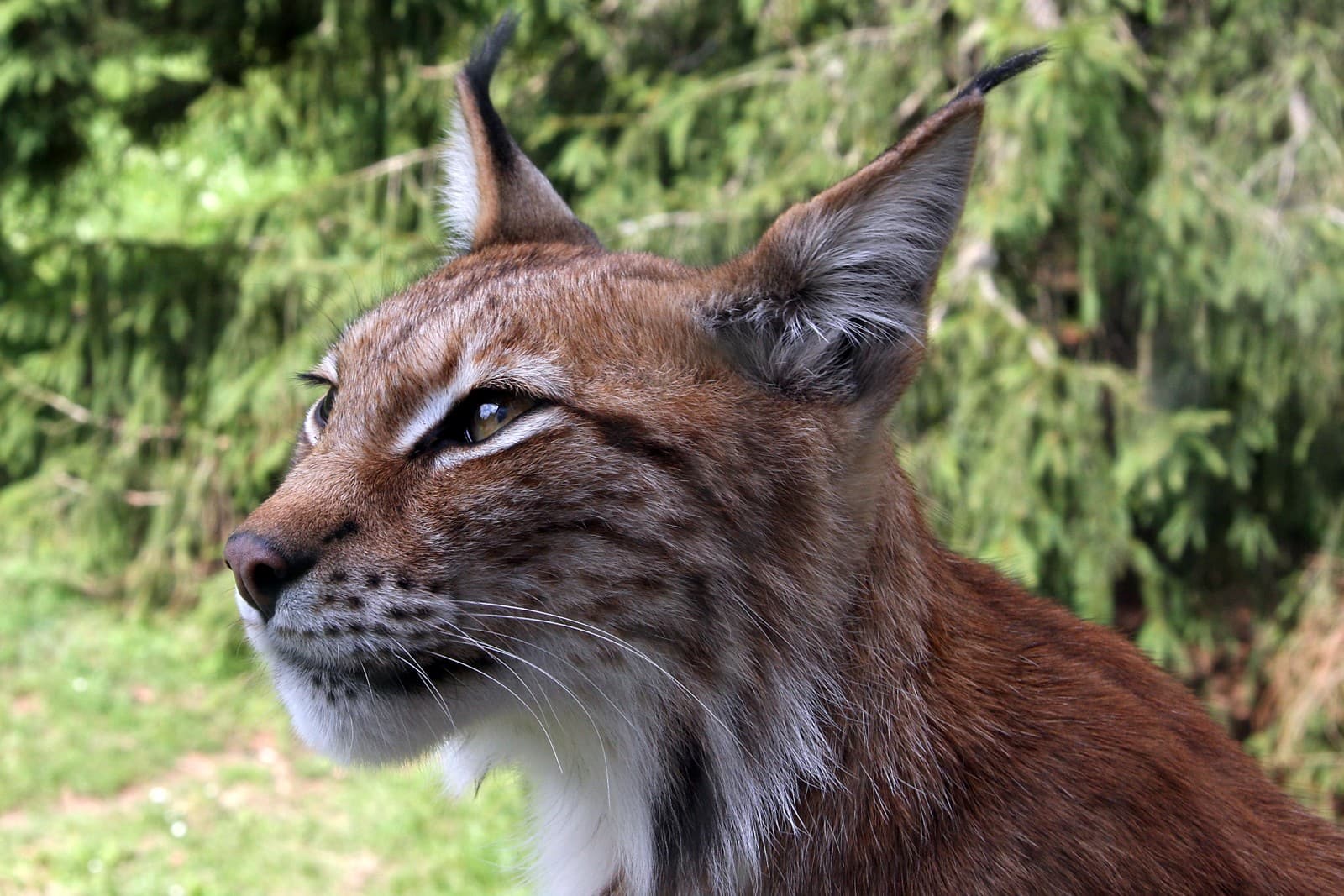
The Lynx’s distinctive ear tufts and compact build reflect its adaptation to cold northern forests, where it excels at hunting in deep snow conditions.
Key Physical Differences
| Feature | Cougar | Lynx |
|---|---|---|
| Weight | 120-220 lbs (54-100 kg) | 22-44 lbs (10-20 kg) |
| Body Length | 5-9 ft (1.5-2.7 m) | 2.5-4 ft (0.8-1.3 m) |
| Tail Length | 2-3 ft (60-90 cm) | 4-8 inches (10-20 cm) |
| Ear Features | Small, rounded | Long, black tufts |
| Paw Size | Large, up to 4” wide | Extra-large relative to body |
| Coat Color | Tawny to reddish | Silvery-gray to reddish |
Habitat and Range
Cougars demonstrate remarkable adaptability, inhabiting diverse environments from mountains to deserts across the Americas. Their range extends from Canada to Patagonia, spanning 110 degrees of latitude. In contrast, Lynx species are northern specialists, with the Canada Lynx and Eurasian Lynx thriving in boreal and mountain forests where deep snow conditions favor their unique adaptations.
Hunting and Prey Selection
Cougar Hunting Strategy
- Ambush predator using stealth and power
- Capable of taking down elk, deer, and bighorn sheep
- Hunting range up to 100 square miles
- Can leap 40 feet horizontally and 15 feet vertically
Lynx Hunting Strategy
- Specialized snowshoe hare hunters
- Rely on superior hearing and sight
- Hunting range typically 5-25 square miles
- Adapted for deep snow hunting with large paws
Behavioral Differences
Cougars are solitary animals that maintain large territories through scent marking and occasional violent encounters. They’re primarily nocturnal and crepuscular, using their excellent night vision to hunt. Lynx, while also solitary, have smaller territories and show more tolerance for overlap, particularly in areas with abundant prey.
Who Would Win in a Confrontation?
In a theoretical confrontation between a Cougar and Lynx, the outcome would be decisively in the Cougar’s favor due to:
- 3-5 times greater body mass
- Significantly stronger bite force (400 PSI vs 250 PSI)
- Larger paws and longer claws
- More extensive combat experience with large prey
However, such confrontations rarely occur in nature as these species typically avoid each other and occupy different ecological niches.
Conservation Status and Threats
Both species face similar conservation challenges:
- Habitat fragmentation
- Human-wildlife conflict
- Prey population fluctuations
- Climate change impacts
The Cougar is listed as Least Concern by IUCN, while some Lynx species, particularly the Iberian Lynx, face more severe conservation challenges.
Adaptations and Survival Strategies
Cougar Adaptations
- Powerful hind legs for explosive jumps
- Excellent night vision
- Flexible spine for agile movements
- Specialized jaw structure for killing large prey
Lynx Adaptations
- Large paws act as natural snowshoes
- Enhanced hearing from tufted ears
- Thick winter coat with insulating properties
- Specialized for hunting in deep snow conditions
These remarkable wild cats exemplify nature’s ability to evolve distinct solutions to survival challenges, with each species perfectly adapted to its ecological role and habitat requirements.
